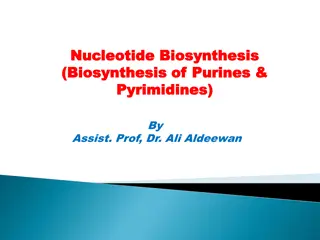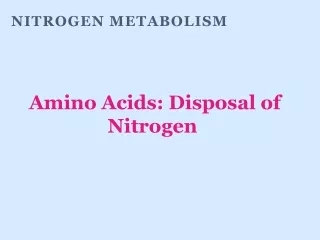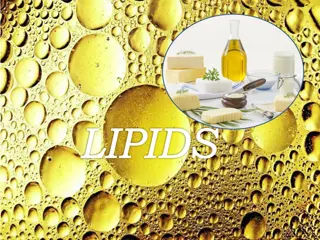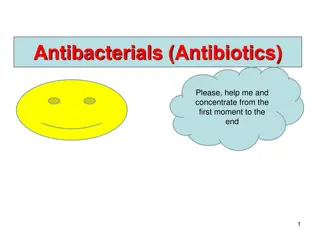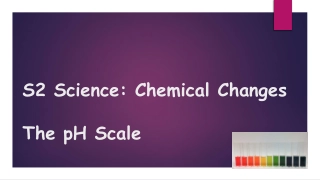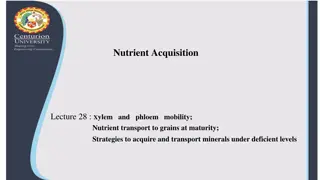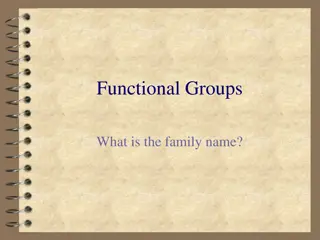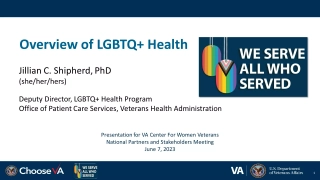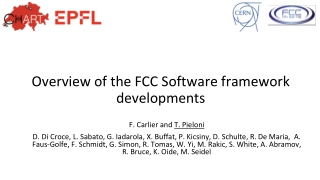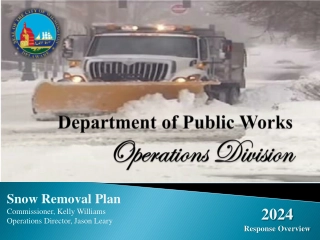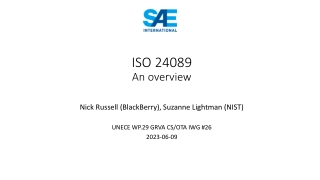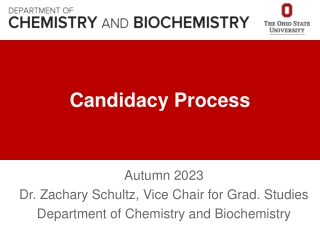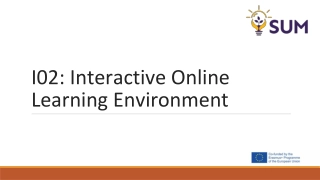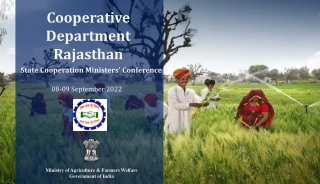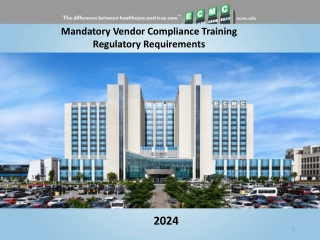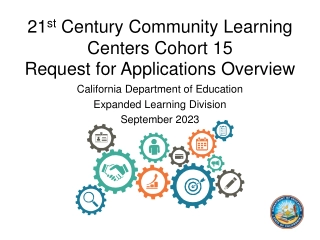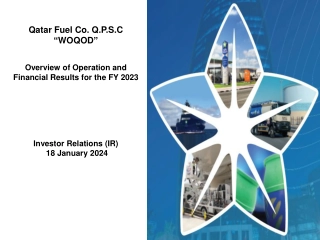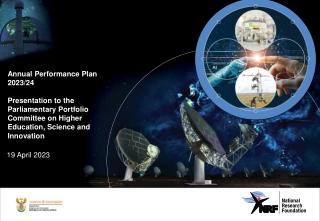Nucleic Acids Overview
Delve into the intricate world of nucleic acids with a focus on DNA and RNA structures, DNA replication, RNA transcription, protein biosynthesis, cancer/chemotherapy, genetic engineering, and more. Explore the structures of bases, sugars, nucleosides, nucleotides, and parts of nucleotides, along with key processes like dehydration reactions and phosphate anhydride bonds. Enhance your understanding of molecular interactions and key concepts in genetics and biochemistry.
Download Presentation
Please find below an Image/Link to download the presentation.
The content on the website is provided AS IS for your information and personal use only. It may not be sold, licensed, or shared on other websites without obtaining consent from the author. Download presentation by click this link. If you encounter any issues during the download, it is possible that the publisher has removed the file from their server.
Presentation Transcript
Nucleic Acids Overview
Focus on: Structure of DNA/RNA can I draw it or interpret drawings DNA Replication can I describe the basic process RNA Transcription can I explain role of each type of RNA Biosynthesis of Proteins can I explain the basic process Miscellaneous Topics could I discuss each one Cancer/Chemotherapy Genetic Engineering Human Genome Project Genetic Code (Codons)
Structure 5 Bases
Focus on: Molecules given on cheat sheet Can I # the molecules and recognize which N-H group reacts Purines/Pyrimidine pairs G/C and A/T or A/U
Structure Sugars
Focus on: Molecules given on cheat sheet Can I # the molecules and recognize which OH groups react Missing 2 OH on deoxyribose
Focus on: Given Table 31.1 on cheat sheet Base + Sugar 2 Amine + Alcohol 3 Amine Dehydration Reaction Be able to draw them
Focus on: Given Table 31.1 on cheat sheet Base + Sugar + Phosphate Phosphate Anhydride Bonds Draw and Name them Dehydration Reaction Naming/Abbreviations Phosphates can connect to Ribose 2 ,3 ,5 , Deoxyribose 3 ,5 deoxycytidine 3 -diphosphate guanosine-5 -triphosphate
Focus on: Draw a small segment Double Helix with Bases = rungs Held together by Hydrogen Bonds Complementary
Complimentary Base Pairs
Focus on: Hydrogen Bonds G/C and T/A Built in Error Checking
Definition: process by which DNA is duplicated Complementary nature is key to duplication Each new strand is 1 template + 1 new complementary strand Strands copied differently Towards the point of unwinding continuous synthesis Away from the point of unwinding fragmented synthesis Rigorous error checking: 1/Billion error rate
Differences between DNA and RNA DNA RNA 1. Double Strand 1. Single Strand 2. Dexoyribos e 2. Ribose 3. T 3. U 4. Store Information 4. mRNA/rRNA/tRNA Blueprint/Machinery/Du mp Truck 5. Unmodified 5. Heavily Modified
RNA Summary 3 main types rRNA = ribosomal machinery (80%) mRNA = messenger blueprint tRNA = transfer dump truck Single Strand U instead of T Complimentary to DNA (HB) Heavily Modified Methylation (add CH3) Saturation of C=C Isomerization of ribose
Ribosomal RNA 80% of RNA Combines with proteins to make ribosomes Machinery to synthesis proteins (30-35% rRNA, 60-65% protein) Complicated structure (skip) Small Subunit: 21 different proteins + rRNA Large Subunit: 34 different proteins + rRNA
Messenger RNA Carries information from DNA to Ribosome Blueprint Undergoes some modification More than just Blueprint Includes 5 cap group Untranslated regions where ribosome can interact Coding region 3 tail
Allosteric Regulation: Transfer Dump truck Bring AA to Ribosome Interacts with ribosome, AA and mRNA Unique cloverleaf shape 3 important regions 1 - Acceptor Region binds to AA 2,4 Ribosome handles interact with ribosome 3 - Anticodon region binds to mRNA
Other Types of RNA
ncRNA (Noncoding RNA) Control flow of genetic information Know 1 example Hot new area to research for curing genetic diseases Type Size Location Purpose Micro (miRNA) 20-25 Cytoplasm Stop translation by blocking ribosomes Small Nuclear (snRNA) 60- 200 Nucleus Control post transcription modification Small Nucleolar (snoRNA) 70- 100 Nucleolus Control modification of rRNA Small Interfering (siRNA) 20-25 Cytoplasm Stop translation by triggering mRNA destruction
siRNA Stops translation by signaling the destruction of mRNA before it is translated into a protein
Genetic Code: Given on cheat sheet, just know how to use it Understand complementary relationships G/C and A/T/U Convert sequences DNA mRNA mRNA tRNA DNA AA Sequence
Cancer: Oncogenes: proteins that code for cell growth Cancer: uncontrolled/unregulated cell growth/reproduction caused by loss of oncogene regulation Tumor-Suppressor Genes: block/reduce cancer by causing apoptosis if cell is damaged 20+discovered for rare cancers Example p53 is inactive in about 50% of cancers Suppression of gene allows cancer to develop Apoptosis: cause cell destruction release of cytochrome C from mitochondria activates caspases (digestive enzyme) breaks apart cell machinery Treatments: Radiation kills fast growing cells Chemotherapy kills fast growing cells Genetics activate tumor-suppressing genes Example: 5-fluoro-uracile inhibits production of thymine
Human Genome Project: Heredity is controlled by DNA Genetic Diseases effect 8% humans Started 1998 Map 3 billion base pairs Finished 2001! Results: Codes for 23,000 enzymes but potentially could code for 100,000+ (junk DNA) 98% of Genome code proteins Unknown or no function Junk DNA Regulation Unused/Abandoned genes 1000 of genetic tests developed Goal: Cure Genetic Diseases easier said than done, but some successes
Genetic Engineering Laboratory technique for controlling/causing genetic change DNA polymerase chain reaction: copies specific genes over and over Restriction Endonucleases: split DNA at very specific points Insertion: Ability to insert genetic material Ligases: covalently bond DNA back together Recombinant DNA: DNA whose base pairs have been rearranged to contain new information Examples: Yeast/Bacteria Insulin, Anemia drugs, Interferon Agriculture GMO crops, pesticide resistance
Mutation Mutation: alteration to DNA that changes genome in child but not parent Good (Superpowers) or Bad (Cancer, diseases) Evolution Mutagens: cause genetic damage Ionizing Radiation UV, x-rays, cosmic rays Chemicals Radioactive decay Heavy Metals Viruses Anti-oxidants Examples: Cancer Superpowers Evolution
Translation General (I)
Translation General Dfn: Biosynthesis of Proteins (DNA RNA Protein) Step 0: Preparation Step 1: Initialization Step 2: Elongation Step 3: Termination Know the roles of: DNA mRNA, tRNA, rRNA Ribosomes 2 subunits, 3 binding sites (1 mRNA, 2-tRNA) AA ATP
Translation General (II)
Translation Step 0 - Preparation
Translation Step 0 Preparation DNA transcribed to mRNA mRNA moves from nucleous to cytoplasm mRNA binds to 5+ ribosomes tRNA binds to AA (requires an enzyme) AA + tRNA + ATP AA-tRNA + AMP + 2 Pi
Translation Step 1 - Initiation
Translation Step 1 Initiation AUG (Met) = start codon Capped to prevent reaction on amine end Ribosome binds to mRNA at/near the initiator/start codon


